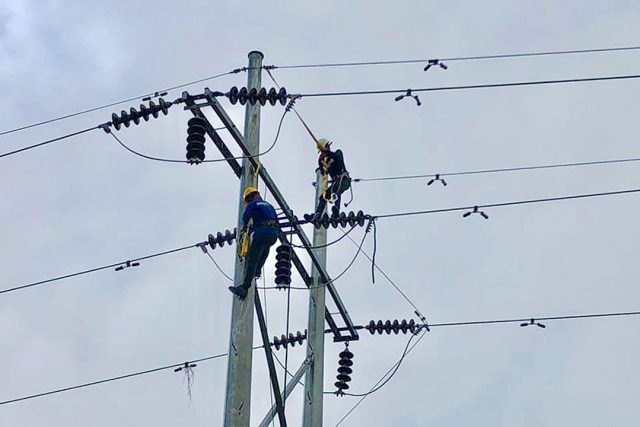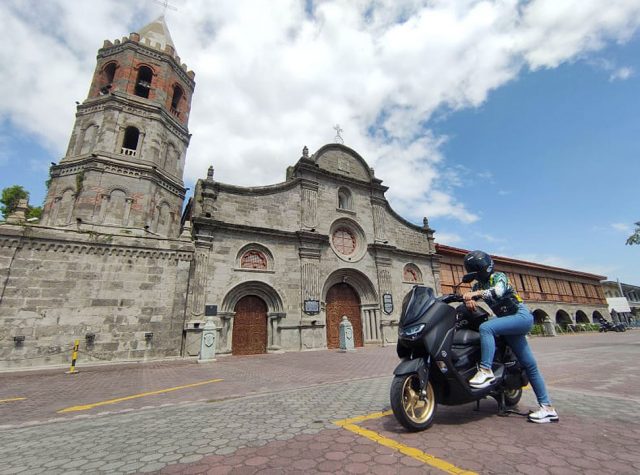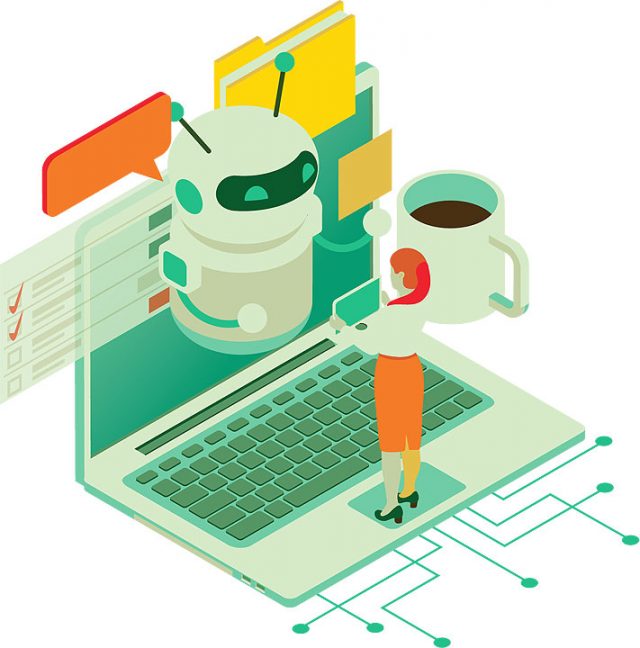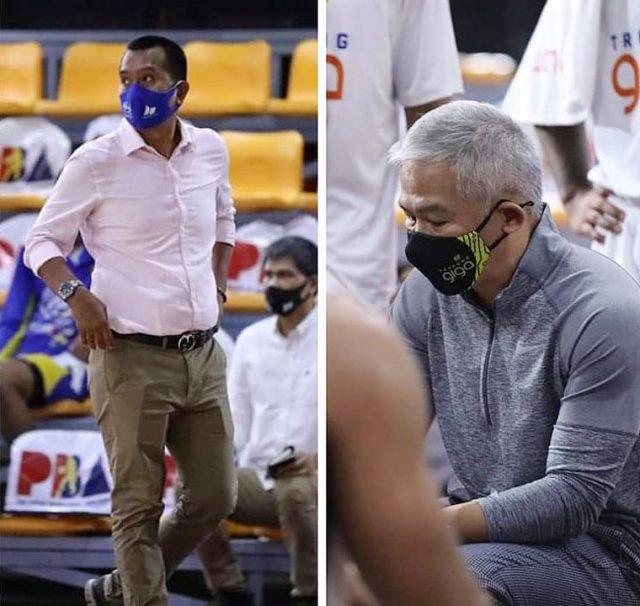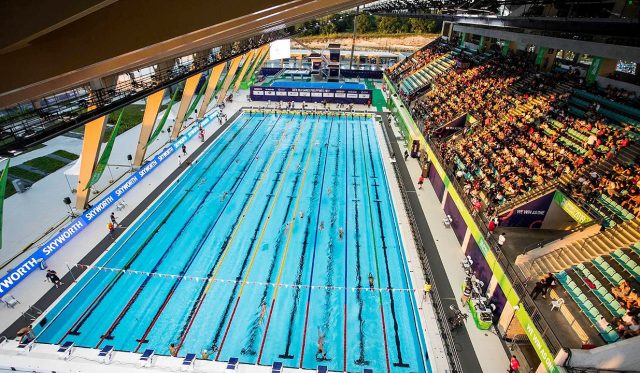A lot of people, I am sure, are just waiting to exhale. Perhaps thinking that this pandemic is temporary, unique, and a one-off, they still believe that the world will eventually go back to the way it was in 2019. And maybe they are right. But from where I sit, I reckon many changes are actually here to stay. That’s why I am already pondering what am I prepared to leave behind.
Change, for the better or for worse, is inevitable. Everything changes over time. Very few things stay as they are for years and beyond. And, despite what one may think, I believe change is never a matter of choice. It is always prompted or influenced by some action, incident, or event. Change is never the start but the result; it is not action but reaction.
I note three recent developments that, to my thinking, are strong indicators of the big changes that are happening. The first is a recent report commissioned by Google Philippines that estimated “Digital Transformation” to create up to P5 trillion in annual economic value for the Philippines, driven mainly by technologies that would help businesses mitigate the impact of COVID-19.
The second is a report on Iceland and how their government offices benefitted from a shorter workweek; how productivity rose enough to ensure that all services were still provided as needed; and, as a consequence of the study, why 86% of Icelanders would eventually have the right to a shorter workweek of four days.
The third development involves new advances particularly in battery technology, and the views of Japanese scientist Akira Yoshino, a co-winner of the 2019 Nobel Prize in chemistry for his work on lithium-ion batteries, on the potential convergence in the near future of the automotive and information technology industries in future mobility.
BusinessWorld reported recently that in a study for Google Philippines, economists at Singapore-based AlphaBeta looked into the development, application, and potential in the country of key technologies like artificial intelligence, Internet of Things (IoT), mobile internet; cloud computing; big data; financial technology; advanced robotics; and additive manufacturing.
And they found that “digital technologies can unlock up to P5 trillion worth of economic value annually in the Philippines by 2030… by generating productivity gains, revenue boosts, cost savings, and GDP increments.” BusinessWorld also quoted the AlphaBeta report as noting that “sectors projected to be the largest beneficiaries [of digital technologies] are the consumer, retail and hospitality; education and training; and agriculture and food sectors. By allowing the creation of new business models and productivity savings, these technologies could create significant economic value for the Philippines.”
In addition, Google Philippines Country Director Bernadette Nacario was quoted as saying that “the COVID-19 pandemic is likely to have long-term implications in three aspects of the Philippine economy, namely: the emergence of a hybrid workplace that supports digital freelancing, accelerating the shift towards digital payments, and severe disruptions to the business operations of small enterprises.”
In the last two years we have already witnessed the start of this Digital Transformation and how key technologies have been leveraged to change how we work, consume, and communicate. Work and education have become remote for a lot of people, and mobility and commuting has become less of a concern with respect to work, learning, and retail consumption.
For those who have adapted well to the changes in working and learning environments, and in the manner of purchasing and paying for goods and services, the changes are likely to become permanent. Having already invested in new tools and technologies to adapt to a digital lifestyle, they are most likely to leave behind old models that include over-the-counter banking, paper-based bills and statements, and physical shopping.
As I had noted in a previous column, I believe the world has changed so much in 2020 and 2021 that going back has become practically impossible for me. I am no longer the same consumer I was in 2019, and the changes that occurred in my way of doing things are here to stay. Even my demands in terms of physical infrastructure have changed, from enclosed, airconditioned spaces to wide, open spaces that are well-ventilated and have natural lighting; energy efficient and environment-friendly; and, can be accessed with minimal commuting.
I have also noted that it was the congruence of situation, environment, and technology that brought us to where we are now. And it is these same factors that continue to fuel the transition particularly to remote work. And while COVID-19 may have accelerated the transition, I truly believe that changes in the workplace were bound to happen eventually, as a result of technological changes.
Online publication Big Think reported recently that a new study in Iceland documented “the recent success of one of the largest experiments to date on a reduced workweek.” Carried out by the Icelandic government and published by Autonomy, a UK think tank, the report suggests that a substantial portion of the economy could switch over to a short workweek with little in the way of negative effects, Big Think said.
Big Think reported that two experiments were done. The first, from 2014 to 2019, was by Reykjavík’s city government, and involved more than 2,500 workers at playschools, city maintenance facilities, care-homes for people with various disabilities and special-needs, and beyond. The second, by the Icelandic national government from 2017 to 2021, involved 17 workplaces across the country.
“Workers in the experimental locations saw their hours reduced from 40 to 36 or 35 hours per week with no loss in pay. The exact way these hours were organized was determined by the individual workplace involved. Many opted to split the hours among four days, while others worked a five-day week with one workday being shorter,” Big Think reported.
“Both studies produced similar results. The reduction in hours caused either no change or an increase in productivity and improvements in the reported work-life balance of employees. While many employees were concerned that more work would be crammed into less time, the data show that the workers were actually working less,” it added.
It also noted that “improvements in efficiency were found in every workplace. Employees worked faster. Time-wasting events, like unnecessary meetings, were curtailed. Routines were changed to be more efficient, and shifts and schedules were restructured. Overtime was needed in some offices, but only sparingly. Importantly, services were provided at the same levels as they were before the reduction in work hours. The well-being of workers dramatically improved, with many reporting increased time with their families, lower stress levels, and a better ability to balance their work and home lives.”
As a result of the two trials, Big Think noted that 86% of Icelandic workers were now on contracts that either reduce their workweek or grant them the right to reduce their workweek in the future.
And last but not least among these new developments is the recent Reuters interview of Japanese scientist Akira Yoshino, a co-winner of the 2019 Nobel Prize in chemistry for his work on lithium-ion batteries, who “sees more disruption ahead as transportation and digital technology become one industry, sharing lithium battery technology.”
Reuters quoted Yoshino: “Right now, the auto industry is thinking about how to invest in the future of mobility. At the same time, the IT industry is also thinking about the future of mobility. Somewhere, sometime, with the auto industry and the IT industry, there is going to be some kind of convergence for the future of mobility.”
“The one to look out for is Apple. What will they do?” he asked. “I think they may announce something soon. And what kind of car would they announce? What kind of battery? They probably want to get in around 2025.”
Yoshino, according to the Reuters interview, also believed that the “biggest potential” in the Electric Vehicle (EV) industry is in “ride-sharing” or in pay-per-use, rather than people buying their own electric cars. “If autonomous electric vehicles can become practical, that will cause a huge change in the way people use vehicles,” he noted.
These key developments around the world, on how digital transformation is changing the way we work and do things, are going to bring about more changes sooner than later. In this line, I believe that those who can quickly adapt to these changes can enjoy some degree of competitive advantage. However, adapting requires the fortitude to embrace change, and the willingness and readiness to pay the price of leaving the old world behind.
Marvin Tort is a former managing editor of BusinessWorld, and a former chairman of the Philippine Press Council
matort@yahoo.com


